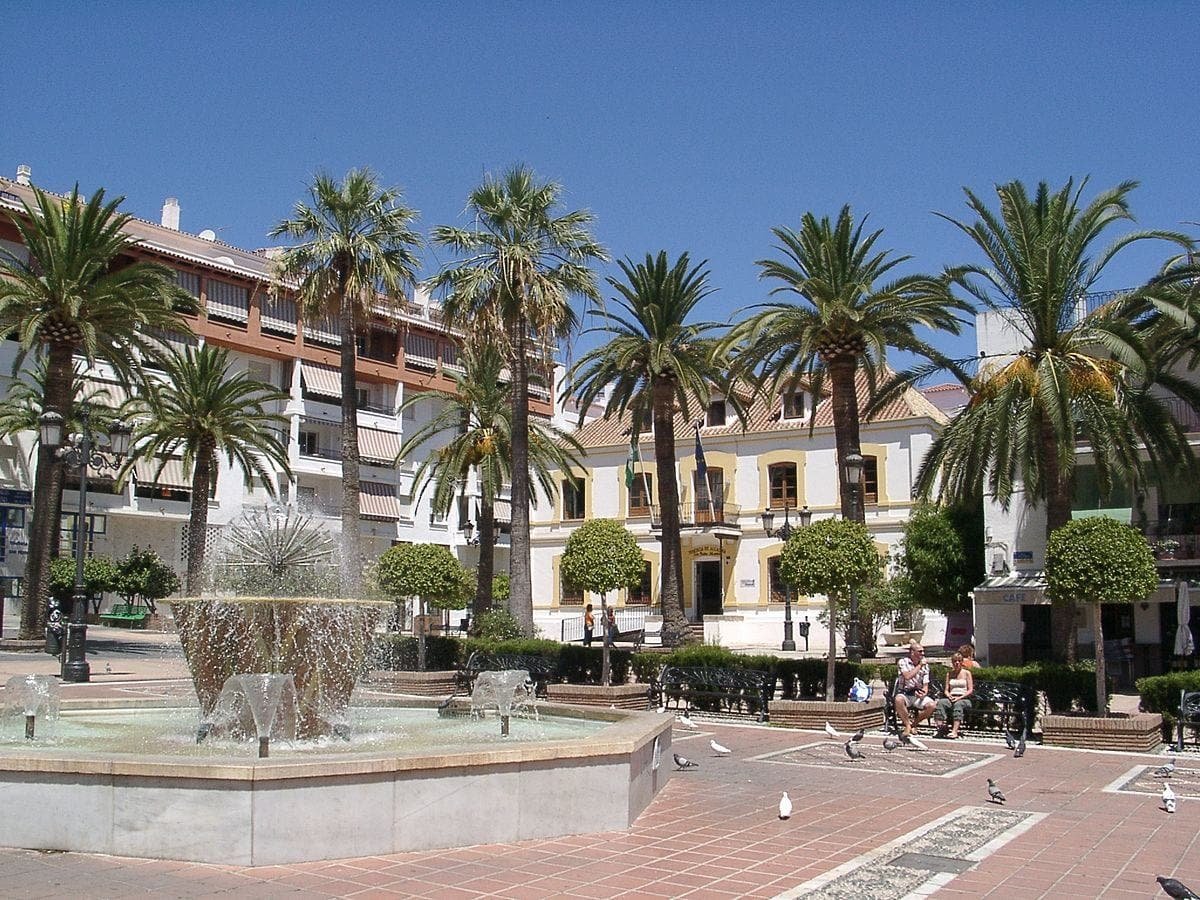Unearthing San Pedro Alcantara’s Rich History
San Pedro Alcantara, a key agricultural colony in Spain, is celebrating its 200th anniversary. The town also has a rich Roman history dating back 2000 years. In November 2021, a high tide during a storm revealed what could be one of the most significant archaeological discoveries on the Costa del Sol this century. Locals discovered a series of structures resembling brick ovens, which were later identified as Roman and possibly part of a larger complex.
San Pedro Alcantara’s Historical Significance
San Pedro Alcantara is steeped in history. Located next to the ancient Roman road from Cadiz to Cartagena, in Murcia, it was a key industrial complex. The town’s historian believes that the recently discovered structures were once linked to the Roman bridge at the Puente Romano hotel and the Villa Romano at Rio Verde in Banus. The authorities are planning an archaeological dig to investigate further.
San Pedro Alcantara’s Agricultural Heritage
In the early 19th century, San Pedro Alcantara was Spain’s most modern, profitable agricultural community. The Marques del Duero and his wife Francisca de Paula Tovar y Puguera Amat de La Gasca, aka the Marquess of Revilla, consolidated a series of estates into a 5000-hectare agricultural colony. The colony, which was primarily planted with sugar cane, attracted workers from across Spain due to its innovative crop and irrigation systems.
Transition to Tourism
When sugar cane ceased to be profitable in the late 1880s, the colony diversified into other produce, including beetroot, cereals, citrus fruit, and cotton. After the civil war, the town found a new industry: tourism. Today, San Pedro Alcantara is a bustling town with a variety of boutiques, book shops, bike shops, and restaurants.
San Pedro Alcantara’s Local Charm
Despite its growth, San Pedro Alcantara has managed to retain its village feel. The town center is filled with narrow streets of whitewashed houses and shady plazas. The Plaza de la Iglesia, home to the 19th century Iglesia de San Pedro, is a popular spot for locals and tourists alike.
San Pedro Alcantara’s Future
San Pedro Alcantara is continually evolving. The town has seen significant development in recent years, including the construction of a new school, sports centers, and an underground car park. Future plans include a large commercial center on the outskirts of town, a new theater, and possibly a university.
San Pedro Alcantara’s Beachfront
The San Pedro promenade, once a scruffy zone, has been transformed in recent years. The beachfront is now home to football and volleyball clubs, a beach gym, and yoga, crossfit, and zumba classes. The promenade is a popular spot for morning walks and bike rides.
San Pedro Alcantara’s Roman Heritage
San Pedro Alcantara’s Roman heritage is still visible today. The town is home to the ruins of the sixth century ‘early-Christian’ basilica Vega del Mar and the remarkable Roman bathhouse, Las Bovedas.
San Pedro Alcantara’s Independent Spirit
The locals of San Pedro Alcantara, known as Sanpedreños, have a strong sense of their own identity. The town has a distinctly Spanish feel and is more real and less polished than its bigger sister, Marbella.
San Pedro Alcantara’s Annual Feria
San Pedro Alcantara’s annual feria in October marks the end of the Costa del Sol’s party season. The event, which features bumper cars, pop-up bars, and a ferris wheel, is a feast of family fun.
San Pedro Alcantara’s Name
San Pedro Alcantara takes its name from its founder, general Marques de Duero’s devotion to the patron saint of Extremadura, as well as honouring his mother, Lady Petra de Alcantara Irigoyen. There has been much debate about whether the correct name is San Pedro Alcantara or San Pedro de Alcantara. The town has been known as San Pedro Alcantara since its first census in 1860.



